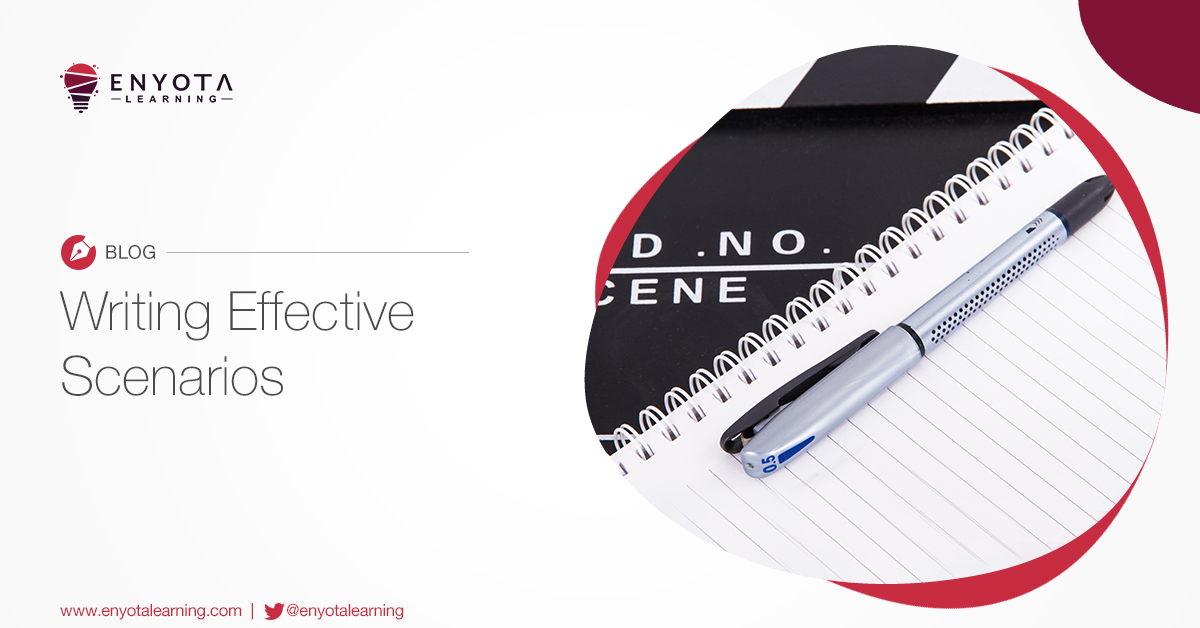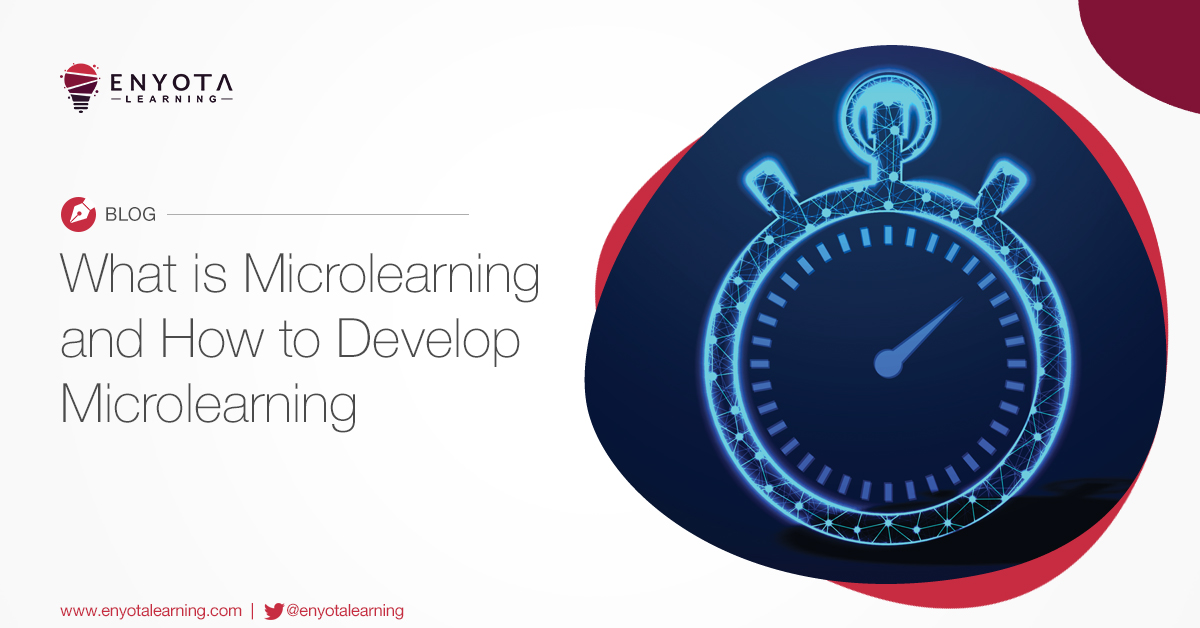
HOW TO DESIGN ASSESSMENT MODULES FOR YOUR ELEARNING:
- How to design and implement an effective assessment module
- Considerations during assessment design stage<
- Our services in the field of custom eLearning development and assessment design

SO HOW DO YOU DESIGN AND IMPLEMENT AN EFFECTIVE ASSESSMENT MODULE INTO YOUR ELEARNING COURSE?
Designing an assessment module may sometimes be more crucial than designing the eLearning course itself. This is because determining the objectives and takeaways of a module and testing learners to check if they can retain any of the takeaways is complex. Especially when the subject is vast with multiple levels of depth.
To begin with, you first must determine what your learners must understand or learn. Then you need to determine the level of their understanding or learning (how well do they know a topic). And finally, you must determine what percent of the training should the learner successfully retain in order to qualify.
CONSIDERATIONS DURING THE DESIGNING STAGE IS CRUCIAL FOR THE SUCCESS OF YOUR ASSESSMENT
THE THREE CONSIDERATIONS ARE:
- What and how much of the training will your assessment be able to test? Will it give you a true view of the learners’ progress?
- Will it accurately determine the strength and weakness of your learners? What functions will you build into the assessments to test exactly this?
- How often would you want to test your learners? Is it after every module or after the completion of a topic?
Once these considerations and their workarounds are determined, the next step is to build the assessment itself.
HERE’S HOW YOU CAN START BUILDING YOUR ASSESSMENT
DETERMINE THE QUESTIONS TO BE ASKED AND ARTICULATE THEM
The first step is to determine the questions to ask your learners based on the terminal learning objectives you have set for the module. These questions must test the understanding of the key concepts and fulfill the promise you made while defining the objectives of the training. However, it is reasonable to understand that not every aspect of the training can be tested. Which is why learning objectives and assessment go hand in hand. It’s here that you take a call on what and how much of the training would you assess.
By covering those aspects of the training that truly determine progress, you are ensuring that learners are tested for that what is truly important.
DETERMINE THE DEPTH AND COVERAGE OF AN ACCEPTABLE ANSWER
Once the questions are determined, it is time to determine the type, depth, and expanse of the answer. You can call this the ‘weight’ of an answer. Heavier answers mean the learner knows the topic well, while light answers indicate that the learner knows about the topic but does not possess true working knowledge on the subject. Here is where you determine the ‘weightage’ of an acceptable answer based on the type of training and assessment.
General rule states that topics which are important for learners should be assessed by direct questions and supported by a heavy answer. Why? Because this topic is important for your learners.
Similarly, topics which are ‘good to know’ and not mandatory can be assessed by more indirect questions and light answers.
There is also another way this works. If your training talks about facts and figures, then the best type of assessment could be in the form of direct multiple choice, single select answers. Here the weightage of the answer does not matter because the type of training and the supporting type of assessment focusses more on facts and figures. As a result, the answers will be no more than a direct selection of the right option.
In the case of behavioral training, you’d want to assess learners to determine if the training has helped changed their outlook on something. Or if the training helps learners take a more rational decision. In this case, the best type of assessment is in the form of scenarios where learners get to ‘apply’ the knowledge gained.
DETERMINING THE JUDGMENT CRITERIA
Again, in theory this sounds very easy, but in reality, it is very difficult to determine the judgement criteria. You see each assessment responses can have multiple criteria for judgement based on type of assessment, application, areas of assessment, and so on.
For example, when assessing a cashier, the three primary criteria for judging them would be:
- Ability to perform mathematical calculations
- Strong communications
- Accounting skills
However, there is one other criteria for judgement which is not directly visible but is very important. That is the speed at which the cashier performs their task. This fourth criteria is not directly visible, but is equally important as the first three. This is what you must understand as well. In order to truly and successfully assess a learner, you must consider all the visible and hidden criteria for assessment and rate the importance of each criterion. Then you must assess the learner and determine their standing based on these obvious and hidden criteria.
DETERMINE THE TYPE OF QUESTION
Finally, it is important to determine the type of questions in the assessment.
There are multiple ways in which you can conduct an assessment like:
- MCQ
- Long-form
- Video response
- Practical
- Combinations of each
As already discussed, your learners’ answers are scored based on its weightage. Just like that, each of these assessment delivery methods can be designed to extract light or heavy answers.
For example, a sales professional can be assessed using MCQ and long-form answers which are a combination of light and moderately heavy forms of assessments. Especially when the topic being covered is related to successful sales pitching. However, when the salesperson is asked to describe their product or service specifications in detail, the answer must carry much more ‘weight’ than it did before. Here, true knowledge of the topic and clear understanding of the service or product they are offering is very important.
CONCLUDING
Assessments are the first indicators of the success or failure of your training program. Application and outcomes are second. This is why designing and implementing a good assessment module is very important. Ensure that your assessments are scientifically designed with the intention of capturing important learner data and throwing light on areas where your learners succeed and fail.
We are eNyota Learning and we have over 15 years of experience in creating custom eLearning-based training used by global corporates. And these corporates train employees along all levels of their organizations. If your organization is interested in building similar courses, reach out to us at contact@enyotalearning.com or click this form.




